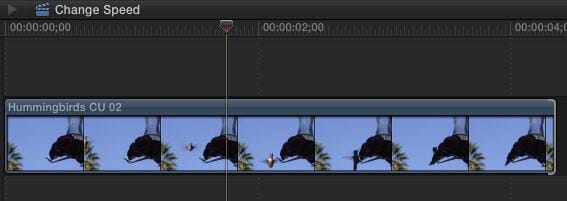

Hold Alt on the keyboard, then drag the compound clip to the right to create a copy alongside it in the timeline.Select all of the freeze frame elements and right-click > Compound Clip.Keep creating duplicates and adjusting the final keyframe until you have an excellent tunnel effect.In the Inspector, use the arrow keys to make sure your playhead is aligned with the last keyframe, and adjust the Scale and Position to create a smaller version.Holding Alt on the keyboard drag the duplicate up a track to create a second and highlight it in the timeline.Moving your playhead to the end of the section, adjust the Scale and Position to slightly smaller than the original element.Place the playhead at the beginning of the duplicate freeze frame and create a keyframe for Scale and Position (click the diamond in the Inspector).Take your time to be as precise as possible. Using the Pen tool, draw around the element you want to separate.In the Effects panel, search for Draw Mask and add it to your duplicate freeze frame.Holding Alt on your keyboard, drag the freeze-frame up a track to create a duplicate.Grab the end of the freeze frame and drag it, so it is about 5 frames long.Create a freeze frame by hitting Option+F on your keyboard.Play through your clip until you find the point where you want to create the scale bounce effect.Depending on how complex the masked element is, the effect can take a little time to create. The Scale Bounce Effect is a cool little Freeze Frame style that adds scaled movement to an element in your shot.
#FREEZE FRAME FINAL CUT PRO PRO#
Part 1: Scale Bounce Effect in Final Cut Pro Part 2: Glitch Bounce Effect in Final Cut Pro.



 0 kommentar(er)
0 kommentar(er)
